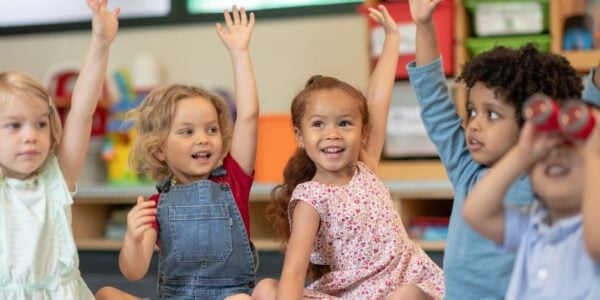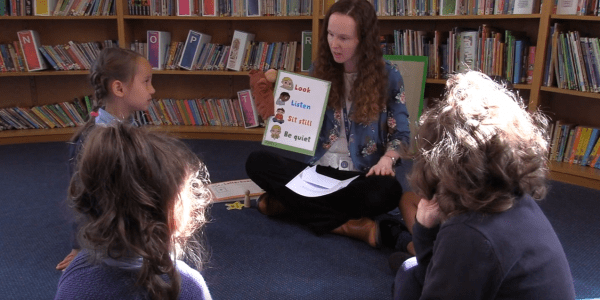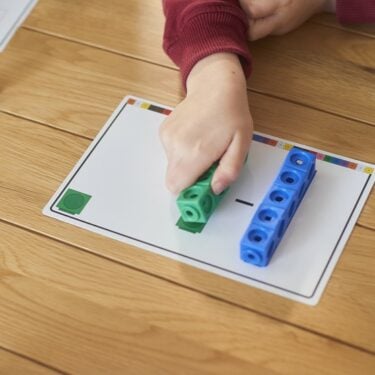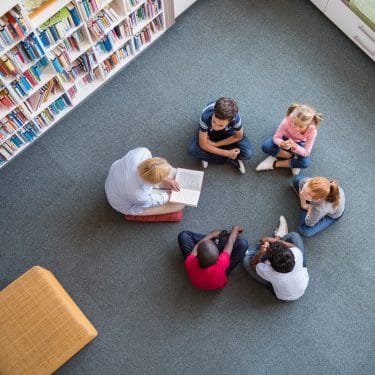The Foundation has published Children’s Understanding of Probability, a literature review by Professors Peter Bryant and Terezinha Nunes from the University of Oxford.
In this review, the authors identify four ‘cognitive demands’ made on children when learning about probability and examine evidence in each of these areas: randomness, the sample space, comparing and quantifying probabilities, and correlations.
They draw together international evidence, from the early years through to adulthood, and highlight studies that are of particular relevance to teaching. They also identify areas that have been relatively neglected and would benefit from further research, particularly from fully evaluated intervention projects.
Randomness
Research using computer microworlds has shown that by the age of about ten, many children realise that there is an association between randomness and fairness, and that randomisation can be an effective way of ensuring fair allocations.
Both children and adults find it particularly difficult to understand the independence of successive events in a random situation. When tossing a coin for example, people often predict that a run of heads makes it more likely that the next toss will be tails (the ‘negative recency’ effect), or that the previous run of heads makes it more likely that heads will be the next result too (the ‘positive recency’ effect).
Sample space
Children can have particular difficulty with problems where some outcomes are equiprobable and others are not. For example, in throwing two dice at the same time, there are 36 possible equiprobable outcomes (1,1; 1,2; 1,3 etc.). But, if you record the result in terms of the sum of the two numbers thrown, there are only 11 possible outcomes and they are not equiprobable.
Understanding the sample space means children have to construct an exhaustive list of alternative, and uncertain, possibilities, but there is currently no research on their ability to do this.
Quantifying probability
Children understand proportions as ratios before they understand them as fractions, suggesting that children would learn about probabilities more easily if they are initially introduced as ratios.
Children and adults are much more likely to work out conditional probabilities correctly if the basic information is given as absolute numbers rather than as decimal fractions.
Correlations
Correlational thinking depends on children realising that the way to work out whether an association is random or not is to consider the relative amount of confirming and disconfirming evidence. When they use simple intuitive reasoning they often fall prey to a confirmation bias; they pay more attention to the confirming than to the disconfirming evidence.
Recommendations for further research
The authors make two main recommendations in relation to further research. Firstly that researchers should take advantage of research designs that have been successful in research on other aspects of children’s intellectual development. In particular, the combined use of intervention and longitudinal methods to study the links between the four aspects of probability.
Secondly, they recommend that more attention is paid to the great amount of related data that exists on other aspects of cognitive development. Probability makes a number of different cognitive demands and most of these demands are shared with other aspects of cognitive development about which we know a great deal. Probability is an intensive quantity, but so are density and temperature for example. Many people doing research on probability have not paid attention to research on these related topics, and have missed out on potentially valuable information.
Intervention study
The Foundation is now funding the authors to undertake a large-scale controlled intervention study of the teaching of probability to 9-to-10-year-olds.

















































